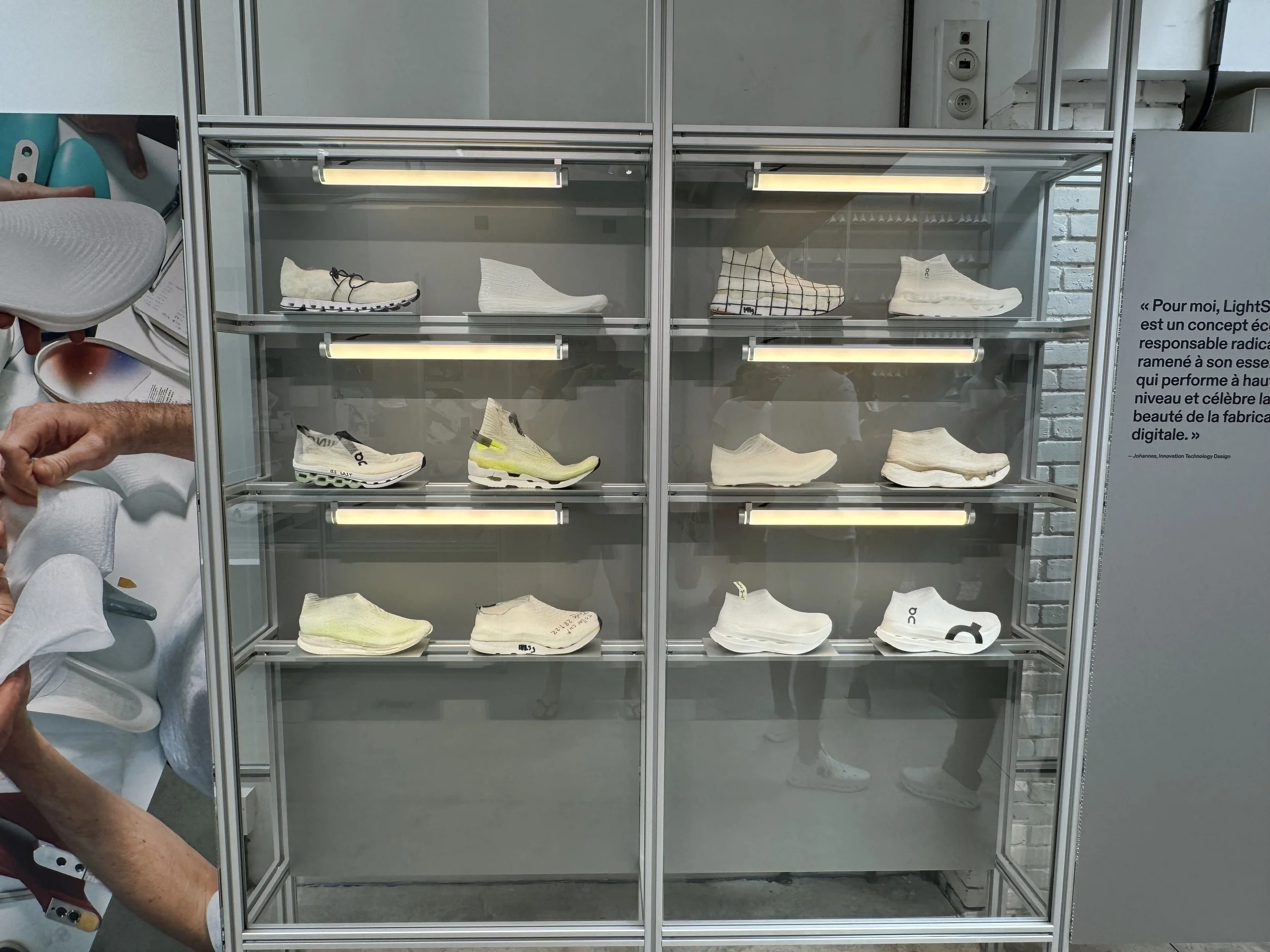The Under-Explored Emotions of Innovation
Research that bridges the unconscious practices, motivations and cognitions to the behaviours of repeat innovation leaders.
Connecting Dots is a monthly newsletter published by innovation educator, advisor and scholar Brett Macfarlane. Subscribe here.
Hello,
It has been a while since I’ve written. Mostly because I’ve been invested in completing my innovation leadership research and submitting it to the good folks of INSEAD. This edition of Connecting Dots will be a short update and preview of the research along with what’s to come in the year ahead.
Firstly though, I’d like to thank all of you for being part of this newsletter over the past two years. Your comments and support have meant a lot to me. Thank you.
Secondly, I’m pleased to share that later this year (or maybe 2022 🤷♂️) INSEAD will publish:
“Innovation’s Under-Explored Use of Emotions: How Innovation Leaders Work with Anxiety, Authority, and Frustration”
It is a product of 18 months, a distillation of 400+ academic papers, 26 in-depth innovation leader interviews, a peer review panel and countless conversations. I thank you all for being part of the journey.
Over this year I will share findings, frameworks, automated tools and further research initiatives. There is a lot to unpack and translate into practical applications. Some highlights include the six experience scales of innovation, innovation’s two positions of frustration and identifying an organization’s boundary of innovation tolerance.
Overall the research creates a much more vivid picture of what’s going on within a leader enabling them to successfully work with the strong emotions triggered by innovation. As well, insight into what happens behaviourally when it all goes wrong, as innovation and change so often do. It is an integrative look at leadership, innovation and systems psychodynamics that aims to illuminate what’s really occurring beyond the conscious awareness of leaders, groups and organizations.
With this research, my goal is to develop more innovation capable leaders and better support the success and well-being of those already leading on the front lines. Possibly also dispelling the myth of innovation leaders as dangerous mavericks and rebels.
So stay tuned and please continue to share this newsletter with fellow innovation curious leaders. I’ll also be offering some subscriber-exclusive webinars and partner events that I hope you can join.
I wish you a good start to 2021. We are all full of unrealized potential and I hope to help expand and grasp your boundaries of possibility.
Best,
Brett
-
PS. Feedback and questions welcome, in particular on what are your topics of interest. Also, please do share this newsletter with others so we can grow the team and our collective knowledge.
-
TOP IMAGE: San Francisco in late October of 2019 on a short jaunt out of the Rapha clubhouse.













